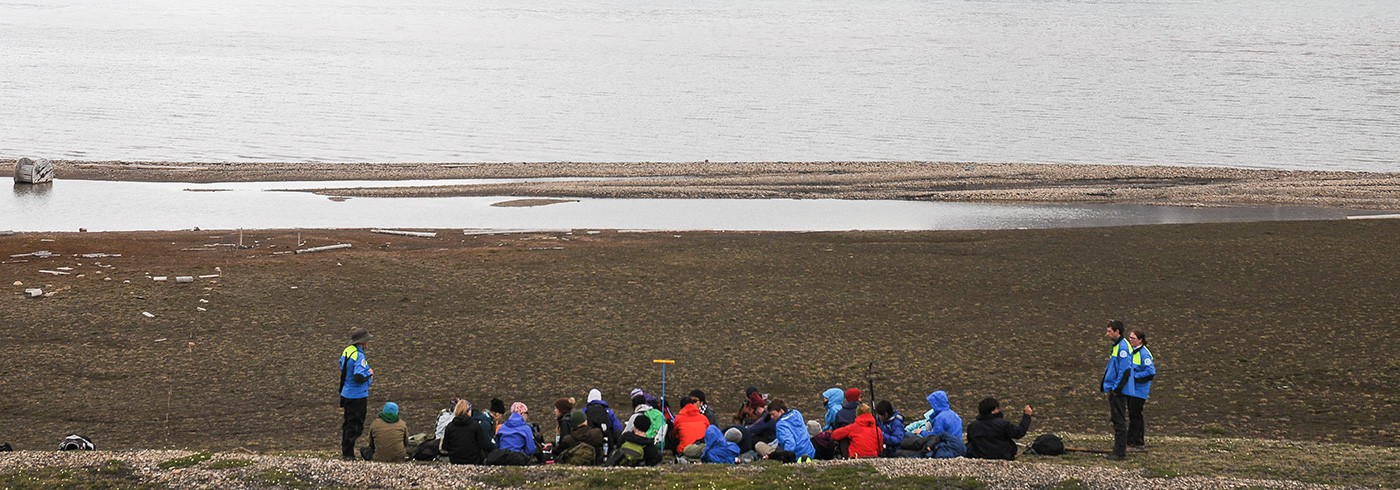Today, we started the day with sharing our observations, analyses and interpretations of the built environment of Longyearbyen. Most project groups compared Pyramiden and Longyearbyen, stressing differences such as the fact that Pyramiden is a carefully planned city, while Longyearbyen is more a result of the shifting main locations of Store Norske’s mining operations. Other differences are the choices of building materials. Students had also interviewed cruise ship tourists about their impressions of the Arctic region.

After lunch, we moved to the harbour area to visit Store Norske, which is the only Norwegian mining company active in Spitsbergen today. Store Norske has been operating since 1916. Malte Jochmans, a senior geologist of the company, warmly welcomed the group and shared his knowledge and insights into Store Norske’s present mining activities and its visions of the future. According to Jochman, the company’s main goals are to exploit the coal in a safe and profitable manner and to match the high environmental expectations from governing bodies and public opinion. So far the company projects their production until 2030, but their visions of the future also includes the idea of turning Svalbard into a hub for Arctic Ocean shipping.
We ended the day by studying and analyzing the exhibition at the Svalbard museum, under the guidance of museum director Tora Hultgren. Most course participants spent the evening preparing for presenting their essay projects.


